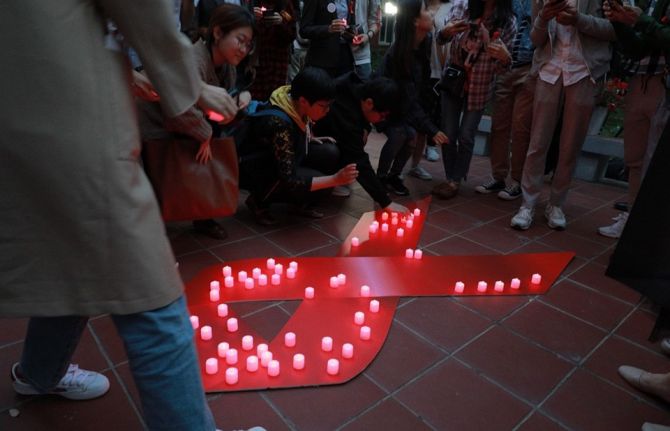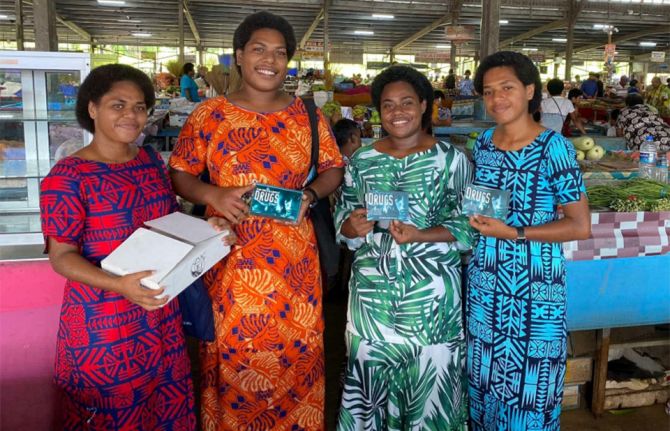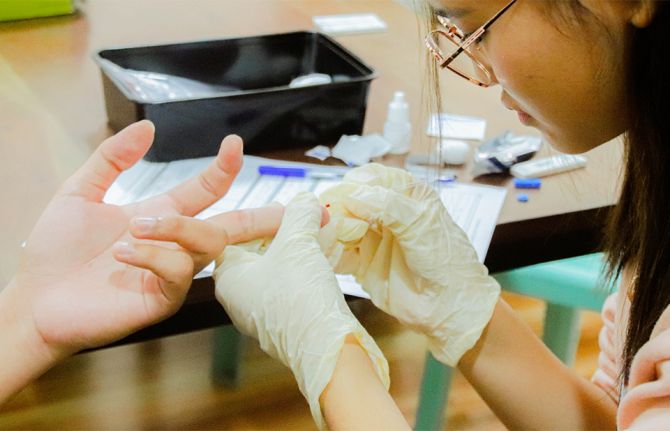

Feature Story
China marks International AIDS Candlelight Memorial Day
19 June 2019
19 June 2019 19 June 2019The International AIDS Candlelight Memorial, coordinated by the Global Network of People Living with HIV, is one of the world’s oldest and largest grassroots mobilization campaigns for HIV awareness in the world. In May, the UNAIDS country office in China invited members of community-based organizations to lead a commemorative event to mark the 36th International AIDS Candlelight Memorial at the United Nations headquarters in Beijing.
Organized by the Man Wellness Center and Beijing Love Without Border Foundation under the theme of "Ignite Hope, Blessing for Love,” the event brought together community members, activists, young people, healthcare providers, private sector representatives and other people working in the response. They remembered those lost to AIDS-related illnesses and re-committed their efforts to end the AIDS epidemic as a public health threat by 2030.
During the ceremony, the director of UNESCO’s Beijing office, Ms. Marielza Oliveira, welcomed the significant advances made in the response to AIDS, emphasizing the medical and scientific advances that could now be used to reduce the impact of the epidemic. She called on people to join together to reduce the stigma and discrimination associated with the virus to ensure that everybody could share in the progress being made.
Participants at the event received the latest material about HIV treatment and prevention options.
Civil society activists in China are working hard to get the message across that as long as people living with HIV take treatment regularly and are virally suppressed, they are not infectious: Undetectable = Untransmittable.
Young people were prominent at the event. Volunteers from the Core Group for AIDS Prevention and the Red Cross Society of China’s Beijing branch attended and committed themselves to creating a discrimination-free environment for people living with and affected by HIV.
As dusk fell, people lit candles in memory of those that have been lost to AIDS-related illnesses.
At the end of the ceremony, people came together to place their candles on a commemorative red ribbon.
The event once again demonstrated the central role played by communities in the response to the AIDS epidemic.



